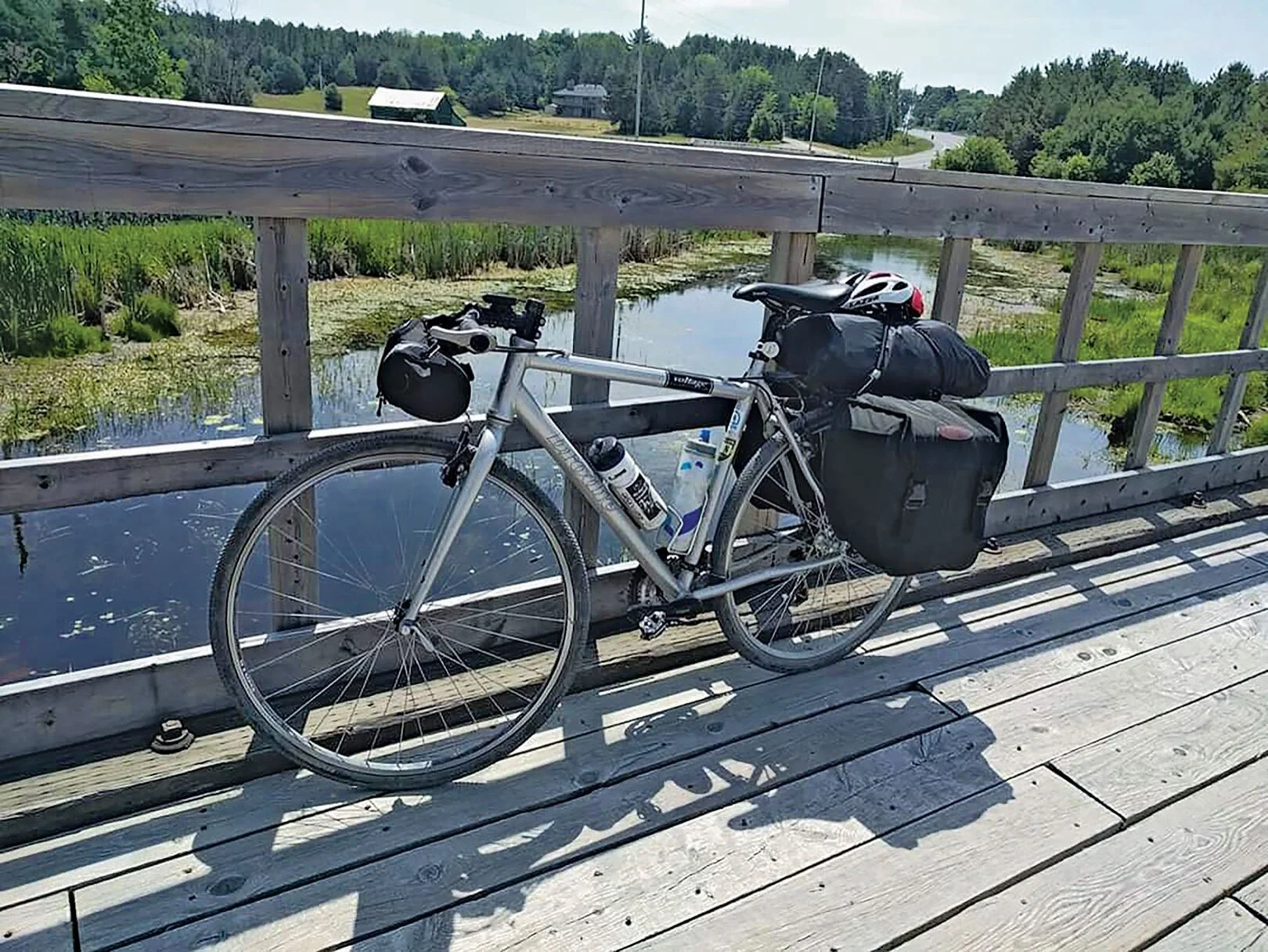Celebrating the O’Hara Mill Homestead: Resurrecting History with a Bit of Magical Elbow Grease
/By Angela Hawn
Little, shown above is demonstrating key elements used in making maple syrup. Photo courtesy O’Hara Mill Homestead & Conservation Area.
Dave Little, whose colleagues teasingly refer to as “Father O’Hara,” a recipient of the Governor General’s Medal for Volunteerism, knows a thing or two about getting projects done. Simply put: gather a few good people. … Add a liberal dose of enthusiasm and mix in some passion for local history, being outdoors, and you’ve got the makings for something magical. Little calls that special kind of community magic, the O’Hara Mill Homestead and Conservation Area.
For the past 18 years, Little (now entering his 80’s) has happily donated countless hours at the O’Hara homestead, where “the whole place is run mostly by retired people.” He smiles, “that’s the kind of people who are usually looking for an outlet for their time.”
The estate is located about five kilometers north of Madoc, Ontario. Part conservation area, part pioneer homestead, visitors walk through beautiful rural surroundings and enjoy seven scenic trails that crisscross nearly 85 acres.
The property’s transformation began in and around 2003, when Little who was employed as the Farm Business Consultant with the Department of Agriculture was invited by local farmers to visit the O’Hara Mill. Upon arrival, he could see that the homestead had seen better days.
The land had been sold nearly 50 years prior to the local conservation authority (then known as the Moira River Watershed) by the last of the original O’Hara inhabitants. The homestead clearly needed more than just a little tender loving care. A lack of operating funds left critical repairs undone and some of the original barns were demolished. Rumours had been spreading and community members expressed concern that the place might be abandoned to further ruin.
“Five of the buildings that were still standing had leaky roofs,” he remembers ruefully.
Hand-tooled sawmill machinery had long creased to operate, and the dam that powered its operation had been condemned by the Provincial Government.
Yet despite the old homestead’s ragged appearance, an idea to restore the homestead was forming, and Little knew that the local farmers were on to something. Clearly this group knew how to dream big. “I think every community wants to have something that identifies them.” … “Something they can take pride in.”
Once the initial concept began, they never looked back. “We held public meetings, and by about 2004 or 05, we had a legal agreement in place.” Little said that the terms were simple. The Conservation Authority would retain ownership of the land and pay the property taxes, but the O’Hara volunteers would run the place. Paperwork in hand, they were ready to take the next steps: time, patience and plenty of elbow grease.
This historical photograph of a stone pulling machine from another era of farm equipment gives pause to reflect on the enormous effort by early settlers to till and plant their fields. Photo courtesy O’Hara Mill Homestead & Conservation Area.
Today the homestead and the Quinte Conservation area boasts nearly a dozen pioneer-type structures, each manned by a specific person and their team. Original buildings from the mid-1800’s, such as the old carriage house, display lovingly restored era relics. A number of historical replicas have been built to mimic styles popular to that period, all made from donations of antique barn board, local machinery and plenty of local labour.
History buffs are encouraged to indulge in a bit of imaginary time-travelling courtesy of a tour of the homestead and working farm with its restored mill and pioneer-era buildings. In particular, O’Hara is known for showcasing tasks performed by draft horses using farm equipment common to those living in the 1800’s.
The site’s sawmill has been lovingly restored and is now operational Photo courtesy O’Hara Mill Homestead & Conservation Area
The industrial sawmill (still on its original location) is now operational. Little and his O’Hara cohorts recently spent a considerable amount of time and care in restoring a two hundred year-old drag saw. An impressive covered bridge, one of the volunteers’ biggest projects, spans the resurrected dam.
This cooking fireplace was designed and built by Little. Photo courtesy O’Hara Mill Homestead & Conservation Area.
An entire vintage log-house was moved down from a spot near Bancroft, and it has been furnished with a functioning cooking fireplace that was designed and built by Little himself. And within the walls of the original O’Hara house (now a museum) is a vast treasure trove of antique artifacts.
“One of the last O’Hara’s to live here was Minnie O’Hara, and a descendant of hers donated a three drawer cabinet full of her old music books,” Little proudly declares. He noted that some of the elders in the Madoc community still remember Minnie as their childhood music teacher. “There are even a couple of flintlock rifles that would have been the type used during the time of the Louis Riel rebellion.”
While a heritage site, it also functions as a working farm that makes use of modern farming equipment, so it is important to know that the homestead grows over ten acres of crops on an annual basis. This enables volunteers to donate heaps of “slow perishing” food such as potatoes and beans to the Madoc Food Bank each year. “But a section of land is always reserved for demonstrations with horse drawn equipment,” assures Little. “That’s where farming is done the old-fashioned way.”
Visitors to the O’Hara site enjoy a horse-drawn sleigh ride. Photo courtesy O’Hara Mill Homestead & Conservation Area.
Little is a recipient of the Governor General’s Medal for Volunteerism. Photo courtesy O’Hara Mill Homestead & Conservation Area.
This heritage site all functions with dedicated teamwork within O’Hara’s own volunteer base and beyond.Although the notation accompanying Little’s medal calls him a “driving force behind the establishment and restoration of the O’Hara Mill Homestead,” and credits his leadership for an increase in tourism, a stronger local economy and for promoting both the rural community and its pioneer history, Little is quick to point out he’s not the only person behind O’Hara’s success.
“We hire a couple of students for June and July,” explains Little, “But aside from that, the place is totally volunteer-run.” Twenty to 40 volunteers might be helping out on various ongoing projects at any one time, with numbers as high as 70 during special summer events, Christmas or in March, when the O’Hara crew makes maple syrup.
And the idea of doing things the old-fashioned way clearly guides the philosophy followed by Little and the rest of the O’Hara Mill Homestead volunteers. Just as in pioneer times, many hands make light work. And loving what you do doesn’t hurt either.
Admission is by donation.
Community involvement has included these local students and their teacher who helped to rebuild the bridge. Photo courtesy Central Hastings Secondary School.
For more information www.ohara-mill.org or facebook.com OharaMillHomesteadandConservationArea









































